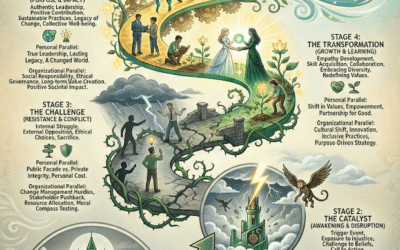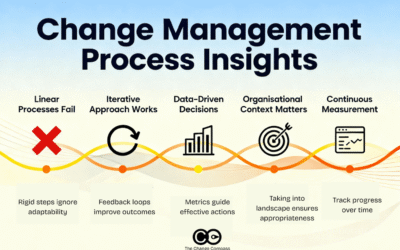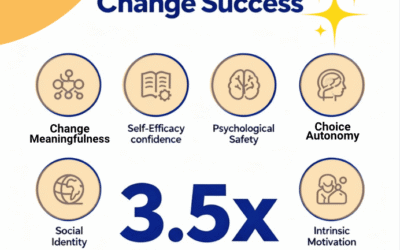How does Buddhism view the concept of change?
Buddhism embraces change as an inherent aspect of life, emphasizing the Pali word for impermanence, anicca. Change is viewed not as a threat, but as an opportunity for growth and enlightenment. By understanding and accepting the transient nature of existence, individuals can cultivate resilience and inner peace, ultimately leading to personal transformation and liberation.
I recently visited my brother and his family in Queensland near the North Eastern tip of Australia. Other than enjoying the nice beaches and tropical surroundings I spend some time with my 2 nephews. One of them is still in secondary school participating in various swimming carnivals over the same weekend. It seemed like yesterday that I had to hold his hand and walk him across the street. And now he is 6 foot three tall and still growing. Like many others undergoing change I reminisced the old days when he was small and cute and cherished the past. Not that the present isn’t great – but a part of us always miss the past and long for some of it to come back.
This made me wonder how generations have undergone change through the ages. Change is a fact of life as we grow and age – life and death. The Kubler-Ross model of the change curve is based on death and grief. This is often utilised to model the experiences that people undergo during change. However, the experience of change is an individual one and one that is dependent on the nature of the change and also how we perceive it. The same change event can be interpreted by one as a positive one and another as a negative one. As a result, for the same change event, for one the Kubler-Ross model of emotional experience can be valid, whilst for another completely the irrelevant.
How do we best deal with the constant changes and the nature of things in our lives? Buddhism, as part of its core Buddhist practice, is steeped in the philosophy that change in life is inevitable, reflecting the teachings of the Buddha as outlined in the sutra. Our thoughts are constantly changing, as are things around us, much like how the monks experience change in their monastic lives. Friends and even family can come and go, so can our belongings, but our attachment to them can lead to suffering. It teaches us that the more we try and hold on to things, the more grief and suffering this will cause us. The more we cling on to the past, the more it will cause us pain. This pain, if not embraced as part of our journey, prevents us from attaining a state of bliss and nirvana that comes from adjusting to the change and the new state of being.
“When we meet real tragedy in life, we can react in two ways–either by losing hope and falling into self-destructive habits, or by using the challenge to find our inner strength.” Dalai Lama.
In Buddhist meditation training, we are taught to be mindful and notice each moment, each sensation, and the dhamma of the environment that we are in. With the ebb and flow of each changing thought or changing moment, we simply notice it, acknowledge it, and apply the same mindfulness to the new state. We notice any feelings we have, acknowledge it as a part of how we react to the situation and move on to continually focus on the new state.
Building change readiness
In the modern organization we are constantly facing a multitude of different changes at the same time. How might we apply the same buddhist philosophy to these changes? We can do this by building awareness within ourselves and our employees that changes are constant, like life itself.
- Draw attention to the various changes in an open and matter of fact way.
- Build broader consensus of the environment that we are in.
- Establish expectation that there will continue to be ongoing changes.
- As needed establish routines and operating rhythms to bring the information about the changes to everyone (mindfulness of changes) and acknowledge the environment and challenges that the organization is facing.
- Investigate and analyse what channels are required to bring the changes to light so that everyone is well aware and ready for the changes.
“If you want others to be happy, practice compassion. If you want to be happy, practice compassion.” Dalai Lama.
At the same time we need to highlight and prepare employees for the new changes. And as the changes happen, make these explicit. Acknowledge any reactions to the change, address these head on and reference back to what is happening currently. Show compassion for those impacted by the change by being open and supportive. In corporate lives we often only focus on profit and bottom line. Being profitable and financial successful can create good for the organization and its people. However, we can also do a better job at being compassionate about people’s work lives. We can do this by HOW we implement changes. Are we open about what the change is? Or do we hide behind corporate jargon? Do we continuously engage with impacted parties so that they have an optimal change experience?
To build capability for constant changes, we need to consider how leaders message and story-tell the journey of the changes employees have faced, past, present and what the future holds. Link this to the theme of constant change.
Build employee resilience through mindfulness of change. Just like the theme of life and death, draw out the need for constant evolvement within the organization to stay current and relevant.
——————————-
If you enjoyed this article please share this with your contacts.






